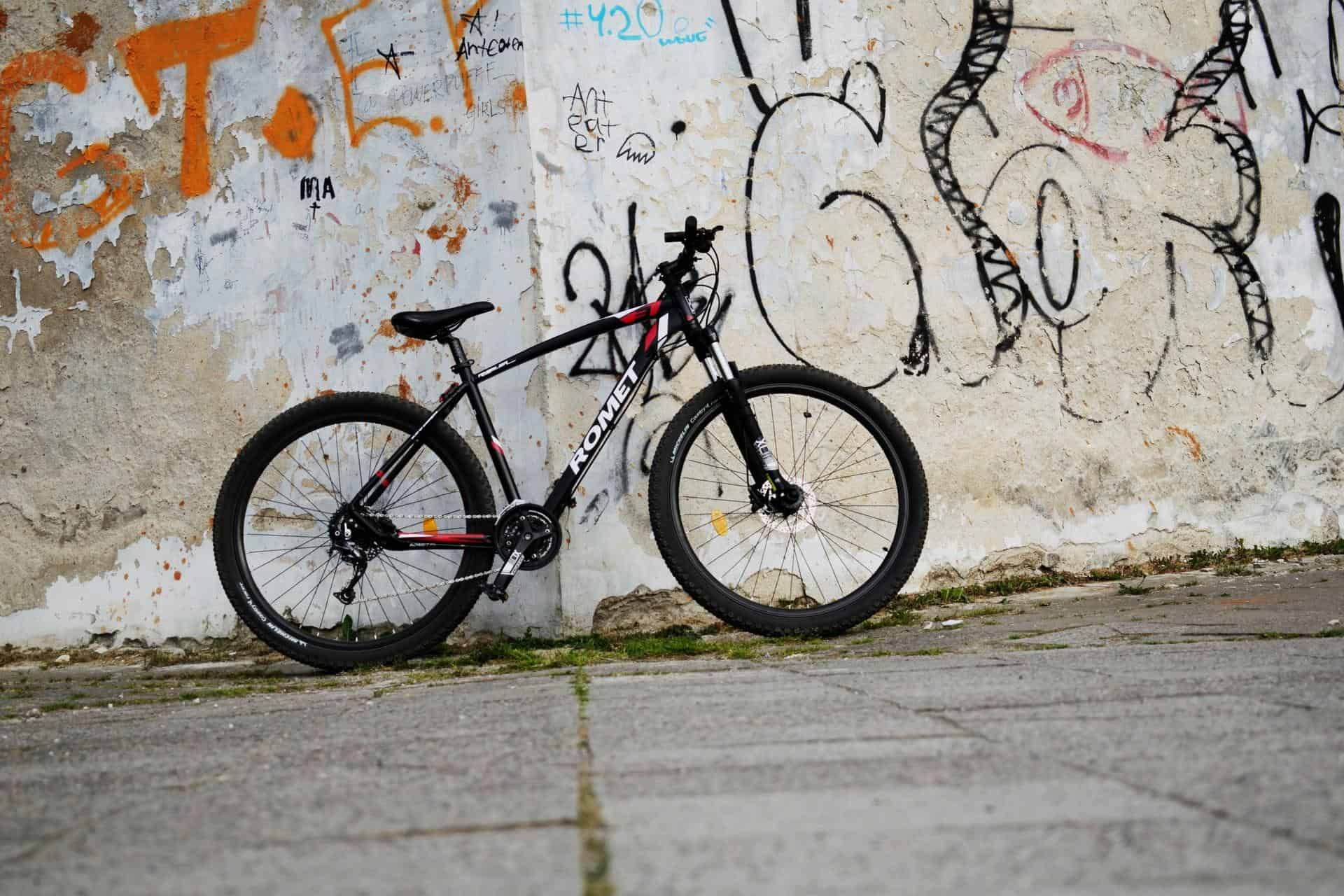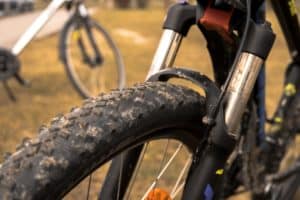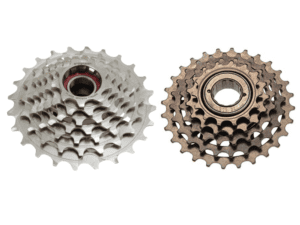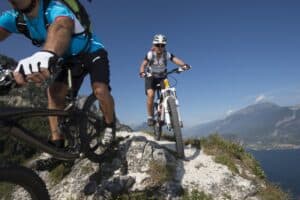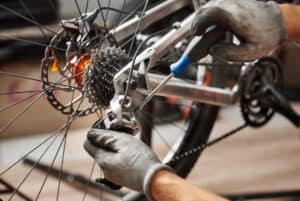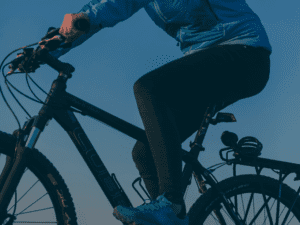Enduro mountain biking has in recent years grown to be one of the most popular mountain biking disciplines which have also helped shape the sport as we know it.
For those who are still unfamiliar with the term, it might not be obvious exactly what is it or what defines this genre of mountain biking. Enduro mountain biking has combined two other genres within the sport that are each other’s opposite, downhill, and cross-country, in a racing format testing both the technical skill level and the fitness of the rider.
What is Enduro Mountain Bike Racing
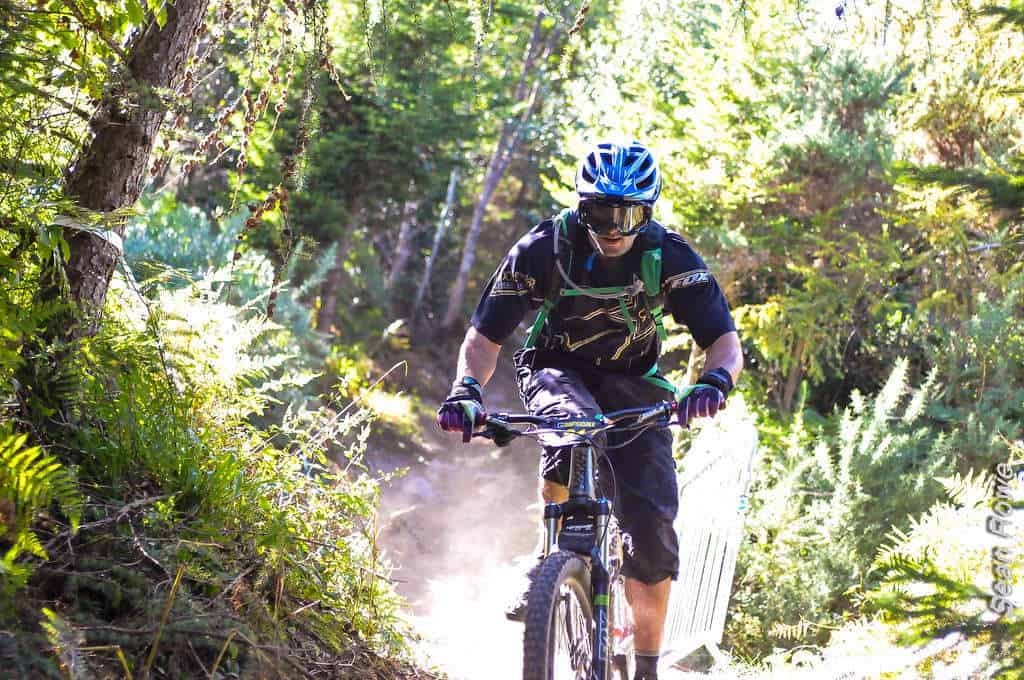
An Enduro race consists of multiple timed stages spread out over several days. They typically feature downhill courses with lots of technical terrains, but they may also include some uphill challenges.
Enduro race can be a whole day or a couple of days even when it’s just you and your bike trying to beat time. Racers ride between timed downhill stages then the rider who beats the cumulative time wins the race. Technical racing is for riders to avoid the long tracks of downhill and cross-country racing. Enduro, in fact, merges the styles of these disciplines.
While the race format involves multiple downhill stages, timed to generate the results, it also includes uphills known as ‘liaisons.’ Riders complete up to six timed stages on a single day. All the stage results based on the time are added together to decide the rider’s finishing position. Each race has a different style, skill, and fitness requirement, but above all, Enduro is a race that is enjoyable and exciting to watch or participate in.
History of Enduro Mountain Biking
Downhill bikes were there since the 90s, and it’s the bikes that have become better with components such as dropper posts being developed. Enduro mountain biking on the other hand started in France, back in 2003. The Frenchman, Fred Glo, one of the main organizers of the Enduro World Series, held his first event in Val D’Allos to kick off the first national enduro series race.
Later on, the other home of bike racing, Italy, created the Super Enduro series, which revolutionized the race even more. The Italian version of enduro racing allowed racers to practice and race on the stages, while most uphill liaisons were pedal power only. That meant racers studying or test riding on the course before the actual race day. Riders would risk their lives and use their skills to familiarize themselves with the trail.
With Australian Jack Moir and Sam Hill also competing for top spots with USA’s Richie Rude in the men’s field, the French dominance of old has weakened. Back then french riders like Jerome Clementz, Fabien Barel, and Rémy Absalon rules the races.
A number of riders capable of competing at the top end of the racing spectrum you should keep an eye on include Martin Maes, Greg Callaghan, and Jesse Melamed.
How the Race Courses Look Like
Enduro race stages are no different from downhill courses, except the latter is a continuous race while Enduro has stages. Both often happen on raw and natural terrain, not gravel. The enduro race might include short sprints or extreme physical tests for the participants and takes up to 15 minutes to complete for the fastest racers.
It’s always the rider and their bike running over rocks, jumping tree roots, accelerating fast on flat, and having complete control over super technical trails. You can find every element of nature that makes mountain biking a thing. Since an enduro race is mostly downhill, it takes place in a mountainous area, but it can also occur anywhere.
Mountainous areas are sweet when going downhill, but it also means tough uphill pedaling when a racer liaisons. It can be as challenging as you can imagine, and the rider’s climbing prowess is tested. Organizers decide the time riders take getting from one stage to the other. If a rider takes longer on the liaisons and turns up at the starting point later than their start time, they get a penalty.
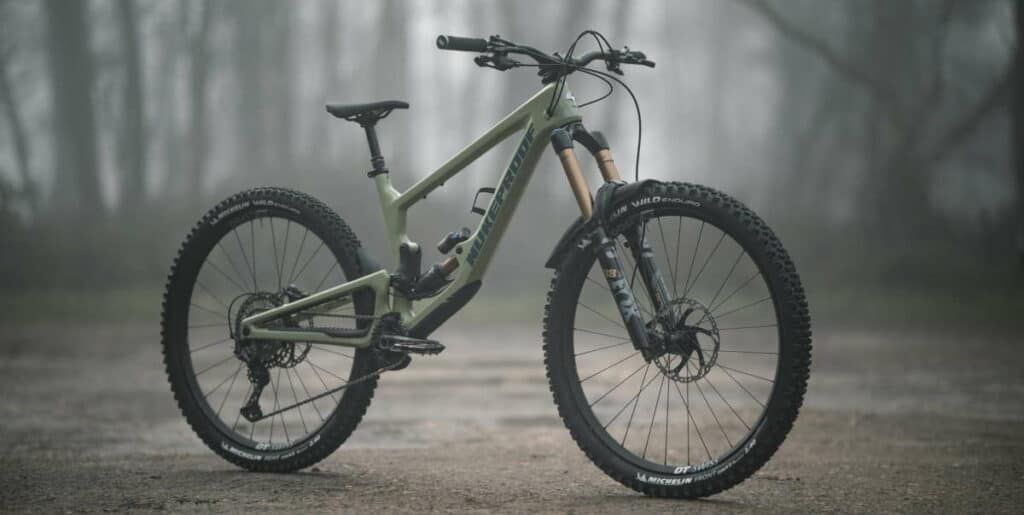
What’s an Enduro Mountain Bike
Since Enduro bikes are a combination of downhill and cross-country biking means the bikes also need to reflect that. They need to work well on technical steek descents and well as being able to handle the occasional uphill and transfer route.
Frame Material: When it comes to frame material, carbon always looks better and lighter for an enduro bike. A few years back, it seemed like major brands were moving away with aluminum models completely, but the material has been making a comeback for budget models.
Front and Rear Suspensions: The forks are between 150-170mm travel and are designed for a 27.5 or 29er wheel. They also feature a 15mm or 20mm diameter through-axle and tapered steerer to add steering ability. The forks also feature air springs with rebound and compression adjustments. You are likely to use Rockshox Lyric and Fox 36 in these kinds of terrains.
Geometry: After suspension travel, the next thing to be concerned about is geometry. A slack-headed frame gives you the confidence to ride on a steep train. The trend is also to use a long wheelbase to improve stability. The steep seat tube offers the rider some climbing capability, and the weight of the rider is centered and not too far front or back.
The head angle should be 65 degrees on average, the seat angle 74 degrees, the bottom bracket heights at 34mm, and the 432mm chainstays. A lot of bikes in this category will also come with adjustable geometry and suspension.
Wheels: About the wheels, most enduro bikes run on 27.5” wheel size, but there are selected few that roll on hard-hitting 29ers wheels. Rims are becoming wider to offer wider tires with better performance. They are also tubeless-ready in most cases. The hubs usually come with cartridge bearing for easy maintenance and long life. There are many options to consider.
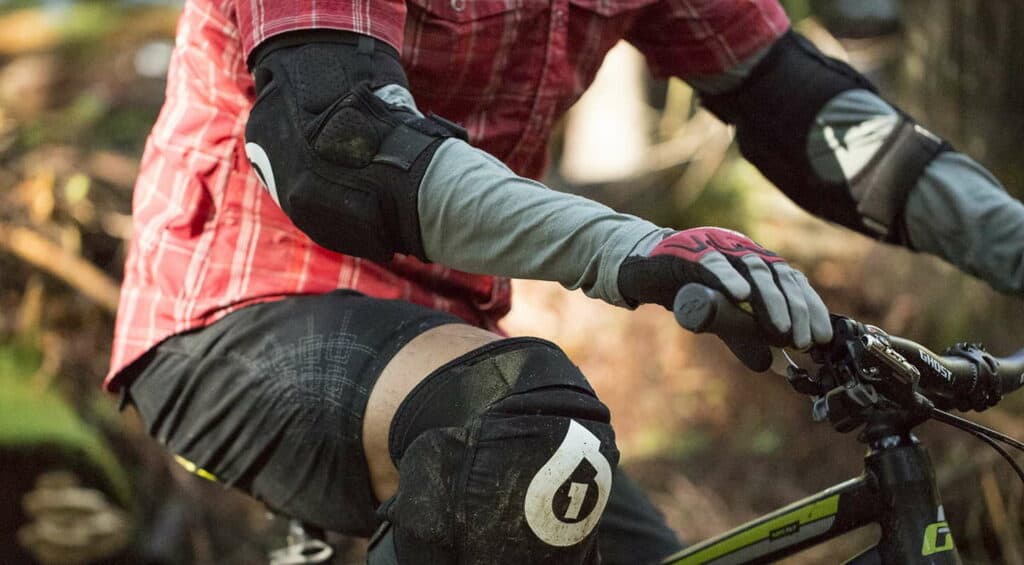
What to Wear When Enduro Racing
As mentioned before, Enduro and Downhill races definitely have their similarities. So many Enduro riders go for similar clothing as they would when riding downhill. The only thing to consider is that we’d recommend using lighter materials to better suit the uphill sections and long transfer stages.
Full Face Helmet
One of the essential things in any riding is the type of helmet you wear. Enduro helmets come in both full-face and open-face styles and which one to choose should reflect the difficulty of the track. One popular middle way is convertible full-face helmets that let you remove the chin bar if you don’t need it.
Knee Pads
You don’t want to be between a knee and a hard place. Sorry, that saying does not go like that. However, you risk hitting your knee against a hard place or, even worse, a rock when you crush it at high speed.
Always wear a pair of knee pads to protect yourself, just in case! And not just the knees that require the protection but also the elbows and shins. Get pads that will keep them protected.
Shoes
Riding with your bare feet is unheard of, and riding with your expensive pair of Nikies or Jordans looks absurd too. Get the right pair of shoes. Clipless shoes work for me, and they have some power advantage. You can also opt for stiff-soled shoes.
Eyewear
Considering the amount of dirt that hits your face, eyewear would be essential. Googles will protect you from the debris and the flying mud and let you see where you are going. Oncoming dust particles won’t make you shut your eyes when you need to see the sharp corners ahead of you.
Conclusion
Enduro mountain biking is so much fun and participating in some local races could be a great way to take your riding to the next level. If you primarily enjoy racing down technical trails but like the idea of also being physically challenged by some ascents, then this type of mountain biking is for you!
